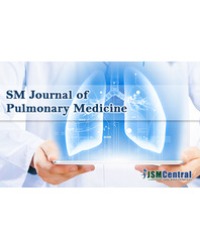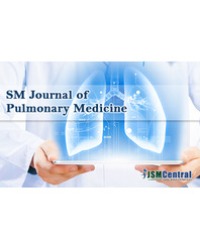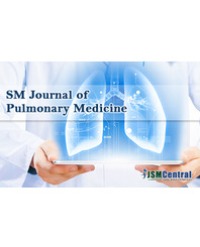
Bilateral Congenital Choanal Stenosis and Changes in Sleep: A Case Report
Congenital choanal stenosis as a risk factor for the syndrome of Upper Airway Resistance (UARS) is not well described. The report case aim is to analyze disorders of sleep microstructure in a patient with choanal stenosis and UARS.
Man, 22 years, mouth breathing, with diagnosis of allergic rhinitis, Attention Deficit Hyperactivity Disorder and insomnia. Adenoid face, tonsils 2 + / 4 by Brodsky Classification, Modified Mallampati 1, high-arched palate, no craniofacial deformities. Obese Grade 1, 40cm of neck circumference, 98cm of waist circumference. Nasal endoscopy with bilateral choanal stenosis without other malformations. Epworth Sleepiness Scale = 2. In Polysomnography (PSG), there were null AHI, 9/h of respiratory disturbance index, by elevated RERA index. No oxyhemoglobin desaturation, reduced sleep efficiency, reduced percentage of REM sleep. Increased arousal rate (16/h), nasal cannula with permanent flattening of the curve and Cyclic Alternating Pattern (CAP) in stage 2 non-REM sleep.
The congenital bilateral nasal stenosis undiagnosed in the neonatal period is relevant. The consequence of this adaptation to airflow limitation in the upper airway is noticed by the adenoid face, neuromuscular and cognitive changes. Nasal flow is not well defined as a risk factor for Obstrutive Sleep Apnea Disorders. Also it is not related to significant oxyhemoglobin desaturation, or apnea / hypopnea. However, it can improve CPAP adaptation. The microstructure of sleep shows arousals and CAP. The later is an event of cerebral electrical activity with periods of activation and inhibition during the second phase of non-REM sleep. It’s a partial activation of the brain and indicates instability of sleep, being related to reduce quality of sleep and also insomnia. It’s possible that the increased number of awakenings compromises REM quality and quantity, causing a possibly non-restorative sleep and sleep fragmentation.
CAP inclusion in AASM manual may increase PSG sensitivity and diagnosis neglected disorders
Araujo-Melo MH¹,²*, Neves DD¹,³, Joffily L², Migueis DP¹, Rodrigues FA², Lemes LNA⁴, and Bilouro PVS¹


